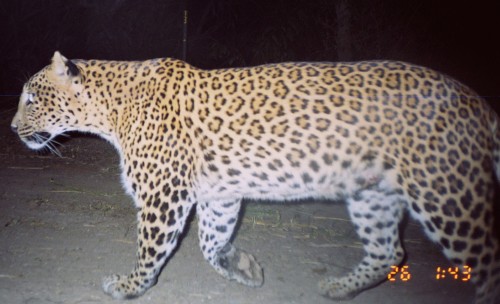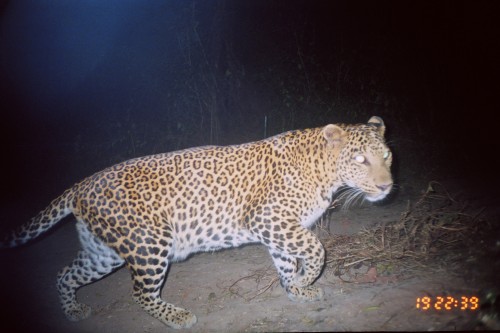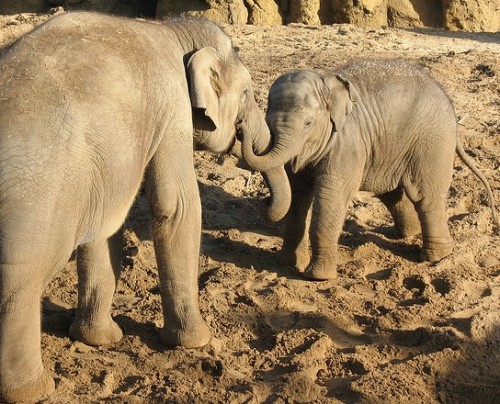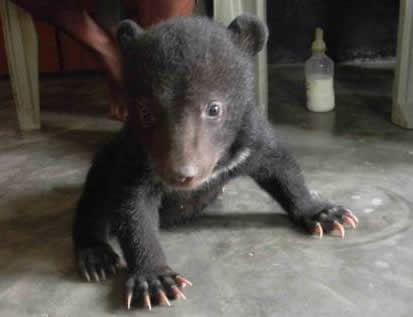“We are running out of real estate!” cried a celluloid character in a movie. But if anything is true in the world we live in today, it is this fact, that we are all indeed running out of living space, especially because of the burgeoning human population. Now a new camera trap study in India has revealed how lack of space has led leopards and other wildlife to share space with humans, that too in highly populous locations.

A team of researchers from Norway (Norwegian Institute for Nature Research and Norwegian University for Life Sciences) and India (Wildlife Conservation Society — India) conducted a camera-trapping study around the town of Akole in western India.
This particular area has about 350 humans per square km. There are no forests in the immediate vicinity and land has been mostly converted into agricultural fields mainly of sugarcane crops. The wild prey species found in this area consists of wild Hare and no other larger animal.
Given that the area is a typical human dominated, urban location, the scientists did not hope to find too much wildlife activity. But the results are shocking.
Wilderness in the City
The study revealed a very high density of both leopards and striped hyenas – almost 2 per 100 sq. km. There were other predators found here including rusty spotted cats, small Indian civet, Indian fox, jungle cat, jackals and mongooses.
Also, despite the closeness of wild cats around the crowded neighbourhood, there was no incidence recollected by any person of a human-animal conflict which led to any harm to human lives. The leopard fed on livestock and dogs and that was the only grievance shared by locals.
The leopards were photographed very close to houses and in the fields.
What the study proves is that the popular misconception that large carnivores need a jungle, forested area to survive might not be true. The presence of leopards living with humans only confirms what is known of these wild cats being very adaptable when it comes to survival. It also definitely opens a new challenge for conservationists who need to be prepared for any conflicting situations in the future.
Tussle for the same land
Just like it is becoming difficult everyday to accommodate the growing human population, it is becoming equally challenging to provide enough space for wildlife, especially when people fear their presence in urban areas.
The study shows a very high presence of a big cat like leopard in human dominated space and therefore proves that they are quite capable of tolerating humans and living without conflict.
At times when all forests are being haphazardly erased for the need of farming lands and homes, it is growingly becoming inevitable to have a wild neighbour. Co-existence in the future will only be possible if people too accept the wildlife presence and respect their need for space and food.
More Related Stories,
Leopards: Victims of the Man-Animal Conflict
Clouded Leopard Cubs Hand raised by Humans
Locals help Rescue Trapped Leopard in Assam










hi,
very impressive article. i will come back for more like this…thanx for sharing.
Thank you Nishant. Glad you liked it. Do keep visiting.